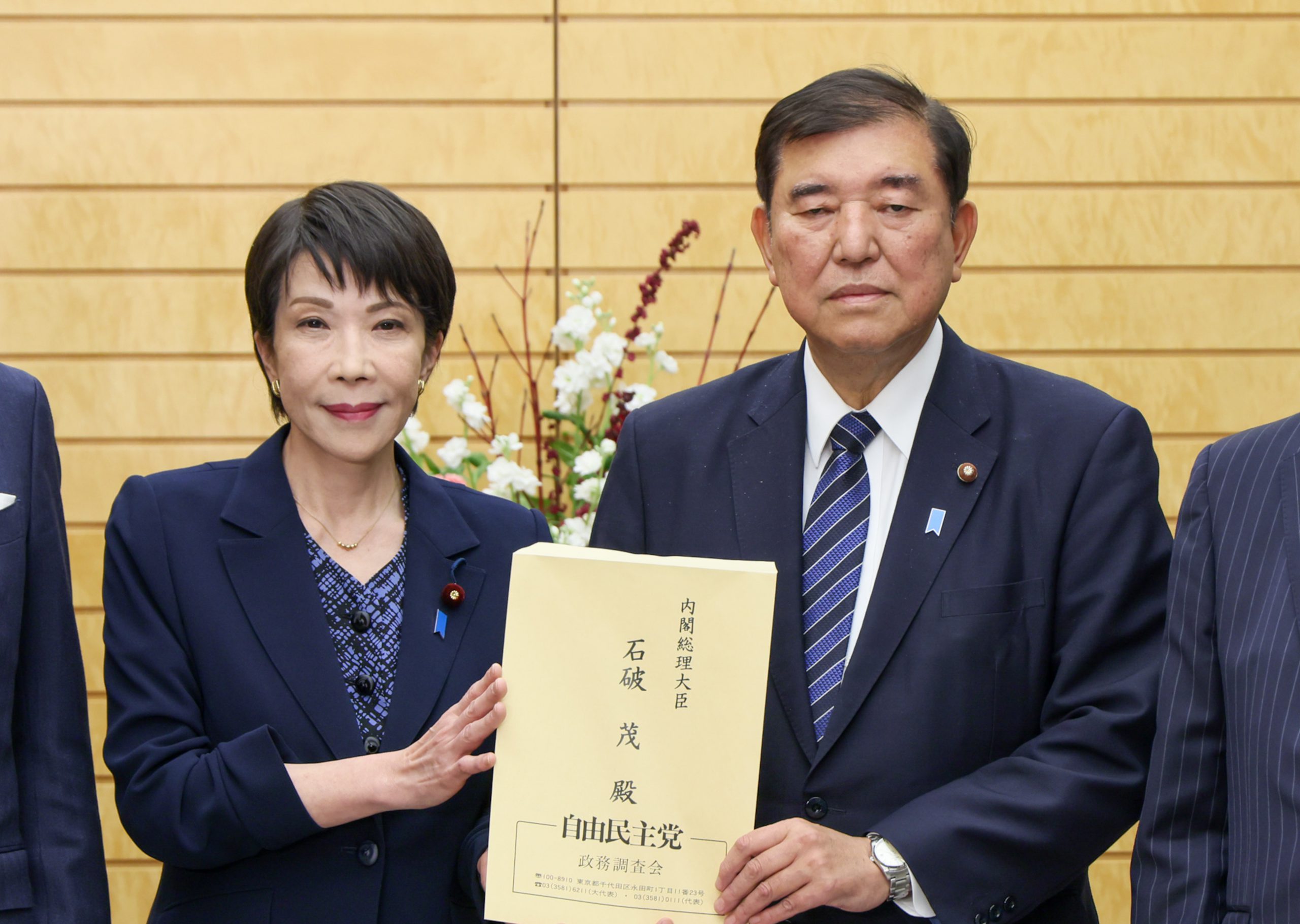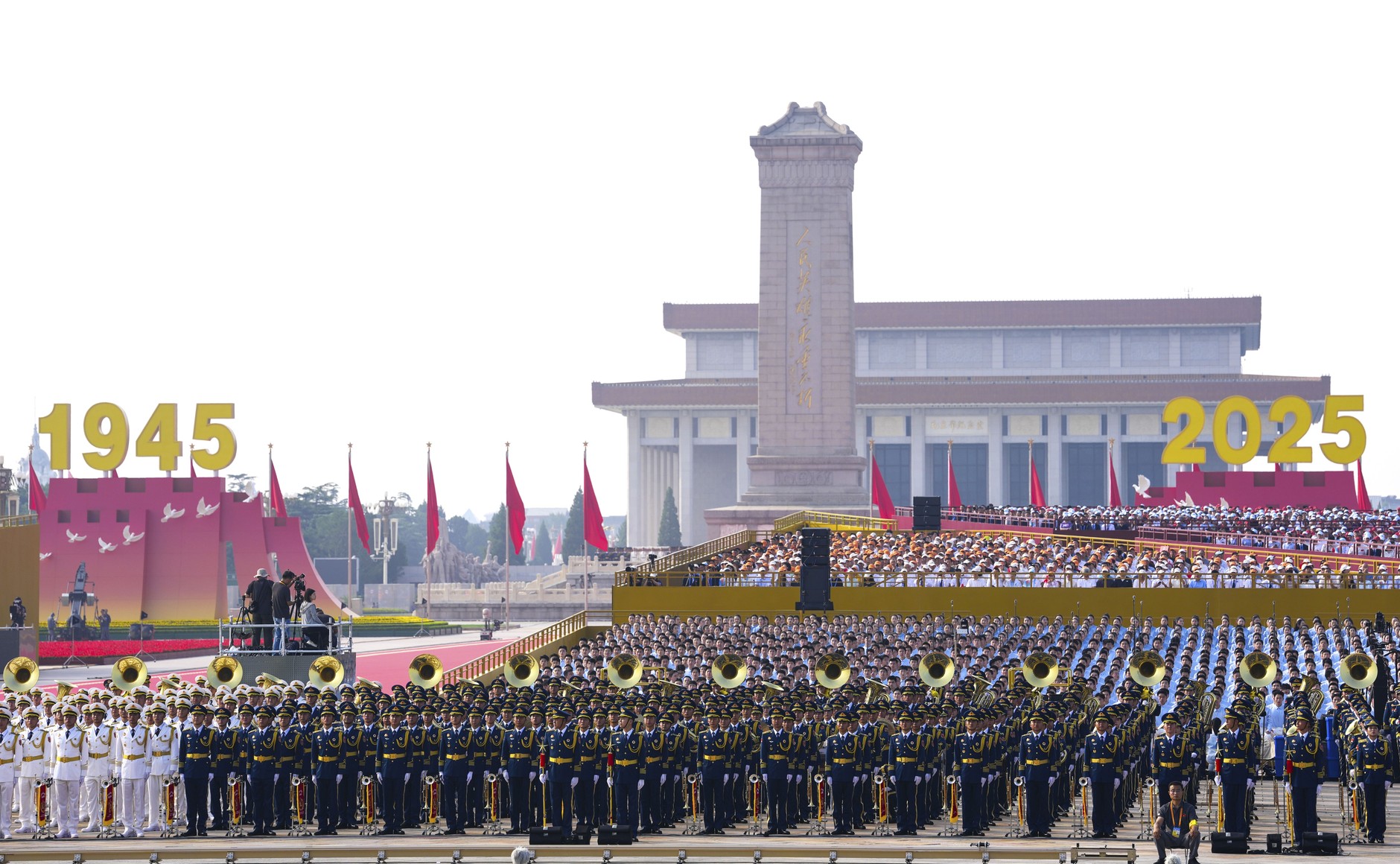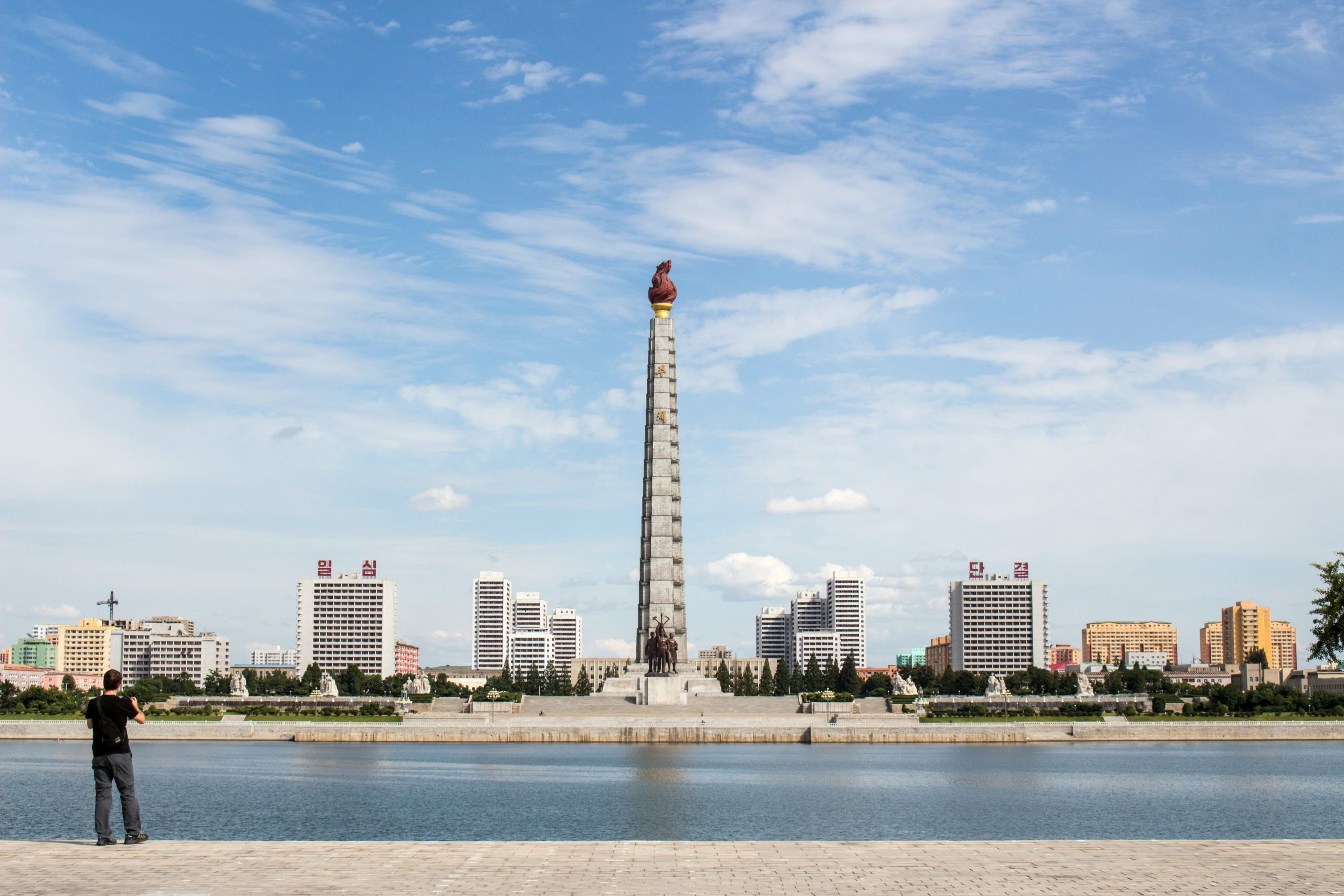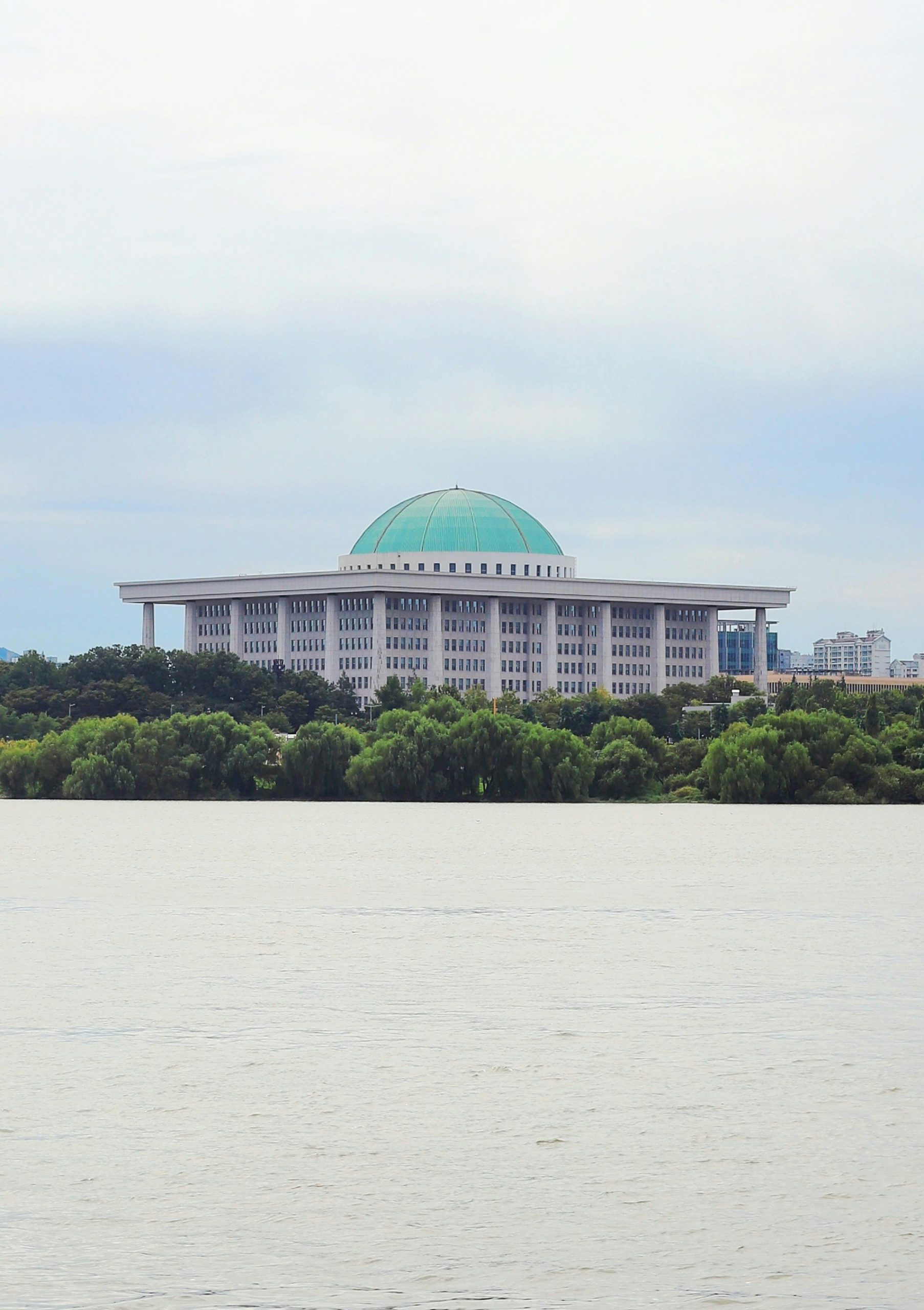After much pressure from within and outside the party, Japanese Prime Minister Ishiba Shigeru
resigned as president of the long-time ruling Liberal Democratic Party (LDP) on 7 September 2025. This decision comes after the ruling coalition lost its majority in the July 22 Upper House election - the second major defeat after losing its majority in the Lower House in 2024, which left the LDP and its coalition partner Kōmeitō to rule in a minority government. Loss of trust due to the LDP’s handling of a funding scandal as well as rising costs of living are seen as major contributors to the election defeat.
The campaign for the election of the next party president was kicked off on September 22nd, with the vote scheduled for October 4th. The
two candidates treated as the most hopeful, out of five competitors total, are Koizumi Shinjiro, son of former Prime Minister Koizumi Junichiro, and Takaichi Sanae, a former internal affairs minister who intends to become the first female Japanese Prime Minister. However, it is not assured that the next LDP President will automatically attain the post of government leader, given the lack of majority in either chamber of Parliament.
Yet, the
LDP has been out of government only two times since 1955, managing to recover quickly each time. As in the past, the fragmented opposition is unlikely to form a united front capable of wresting power from the LDP. The new party leader (and likely, Prime Minister) will nevertheless have to galvanize public support and deftly negotiate with the opposition to ensure a stable government and avoid a
no-confidence vote. Given the challenges facing the struggling LDP - regaining public trust, bringing down inflation, handling the erratic behaviour of its most important alliance partner, the United States, and navigating an uncertain regional environment - such stability is urgently needed.
The Liberal Democratic Party (LDP) has elected
Takaichi Sanae as new party president. The right-wing politician and former internal affairs minister beat four other candidates, including her main rival, the moderate Koizumi Shinjiro, in the October 3rd elections. She is now positioned to become the next prime minister (PM) – and therefore the first woman to assume this post in Japan. Takaichi is widely expected to be formally approved as PM in the election by parliament, expected to take place on October 15 2025.
Prime minister Ishiba receiving a submission from then-chair of the LDP Investigation Committee, Takaichi Sanae (December 2024)
https://www.kantei.go.jp/jp/103/actions/202412/11moushiire.html




